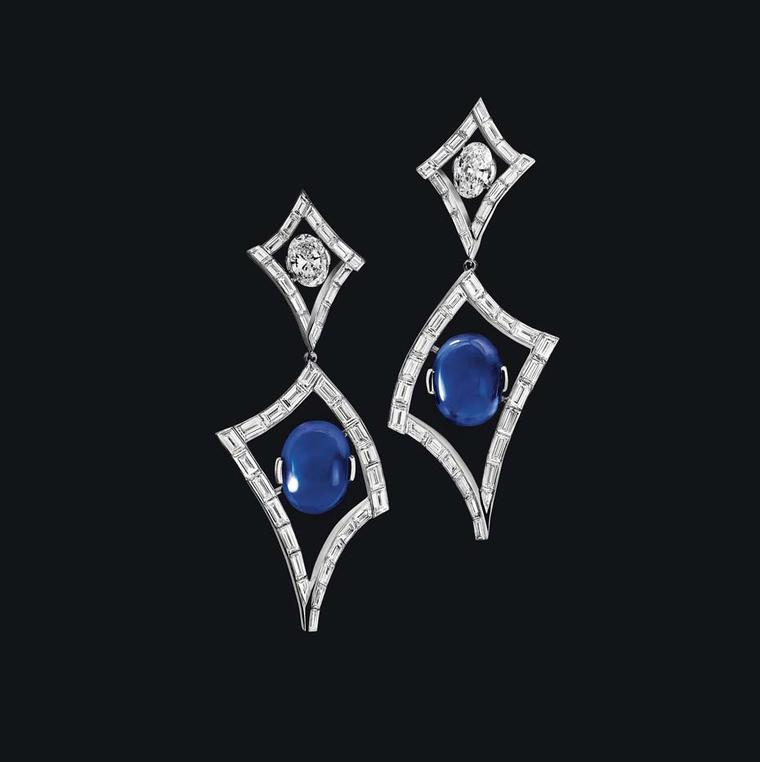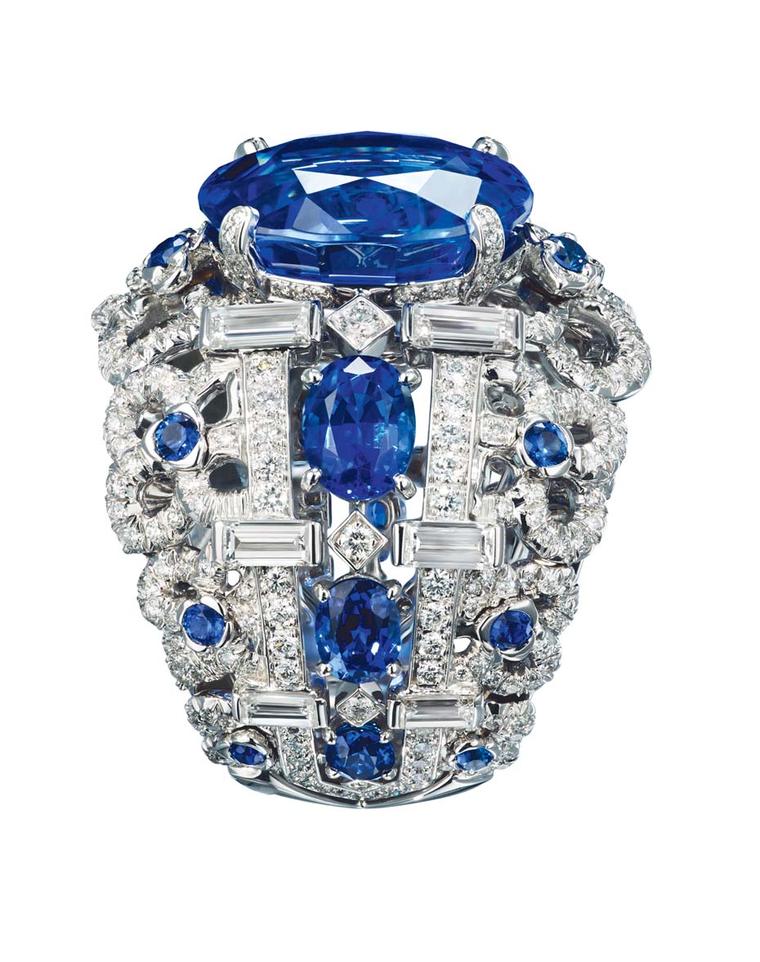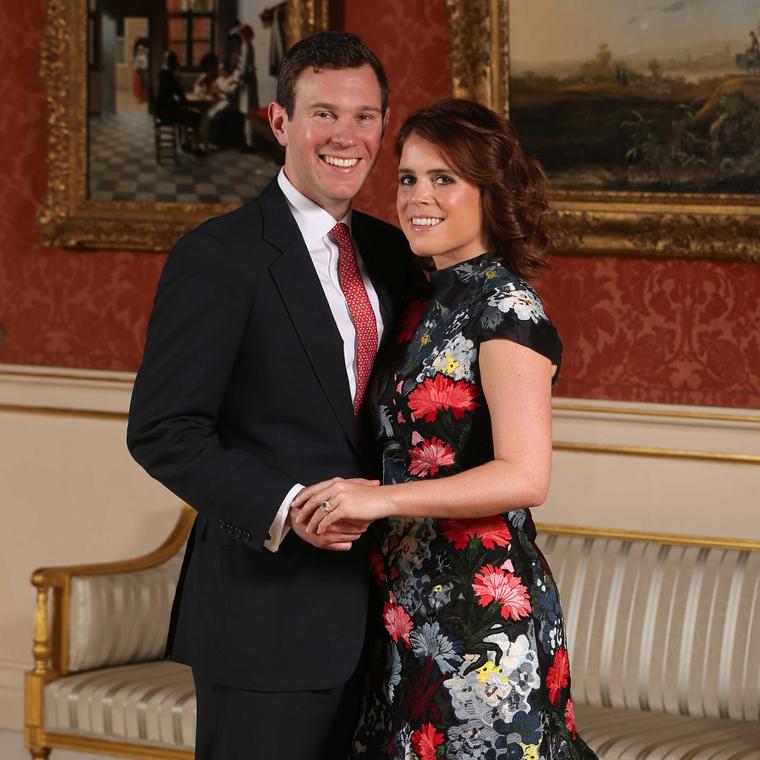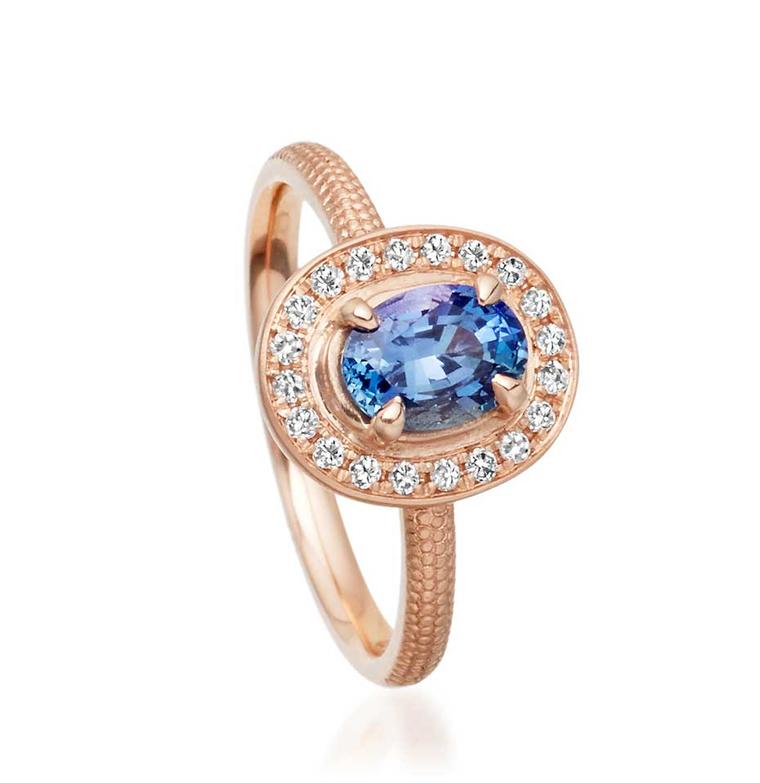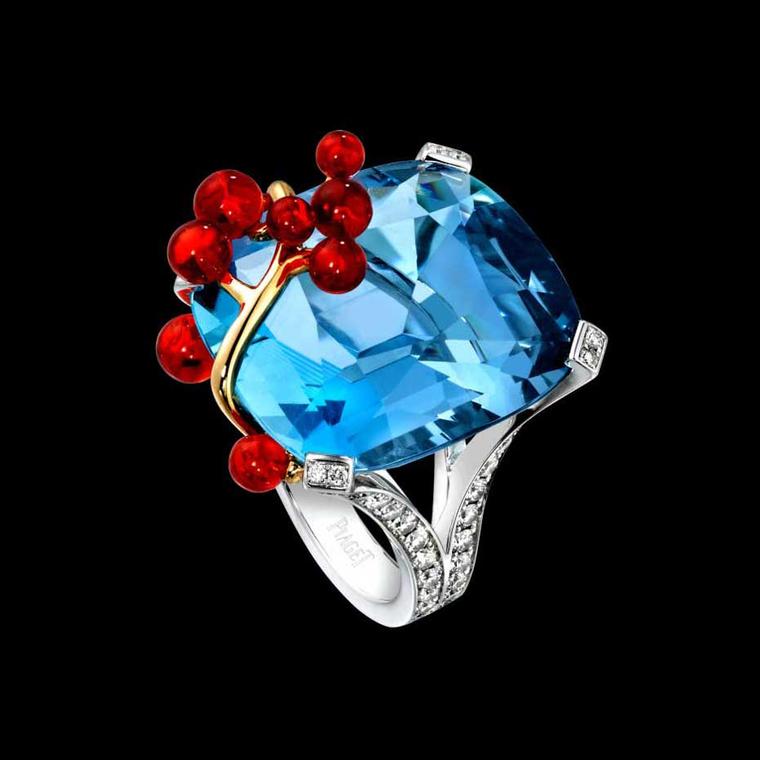
By Åse Anderson
Named after the Greek word for "blue stone", our gemstone of the month - blue sapphires - has captivated jewellery designers for many centuries.
With its regal blue colour, throughout history, both royalty and nobility have treasured sapphire jewellery, which was said to symbolise good fortune, virtue, wisdom and holiness. Like many other precious stones, sapphires are surrounded by myth and legend - in ancient Persia, for example, people thought the earth rested on a giant sapphire whose reflection gave the sky its blue colour.
Read more about the trend for blue gemstones
Sapphires are mined in several locations across the world, including Afghanistan, Australia, Burma, Colombia, Madagascar, India, Sri Lanka, and some parts of North America. Blue sapphires from Burma, Sri Lanka and Kashmir in India that have not been heat-treated are the most expensive, fetching eye-watering prices at fine jewellery auctions. A 28.18 carat emerald-cut Kashmir sapphire ring set a world record for the price per carat for any sapphire when it sold for more than $5 million at Sotheby's New York last year.
Read about the record-breaking Kashmir sapphire ring here
The world's largest cut sapphire is a 478 carat Sri Lankan untreated blue sapphire, known as Queen Marie's sapphire. It was bought for her by her husband King Ferdinand of Romania in 1921. Queen Marie was the granddaughter of Queen Victoria and Czar Alexander II of Russia. The stone was bought by Harry Winston jewellery in 1947 and is now part of the Diamond Fund Exhibition at the Kremlin Armory Museum in Moscow.
Like rubies, sapphires are a form of corundum, and blue sapphires get their colour from traces of iron in the mineral. Blue sapphires with purple undertones are generally deemed to be the most desirable and therefore most valuable, while those with green or grey undertones are less sought after. The third hardest mineral after diamond and moissanite, sapphires score an impressive 9 on the Mohs scale of quality, which also makes them ideal for wearing on a regular basis.
Sapphires - one of the "big three" coloured gemstones, alongside emeralds and rubies - are an absolute classic in jewellery design, with larger stones appearing frequently in high jewellery collections. But while sapphire rings might have a reputation as being a "traditional" choice, this historic blue gemstone continues to shine bright thanks to brands such as Chaumet and Tiffany using sapphires in exciting new designs.
As you might expect from a collection inspired by the sea, the new Tiffany Blue Book collection is swimming with sapphire jewellery including blue sapphire earrings and two oceanic cuffs. One cuff design is set with sapphires mined in the US state of Montana with a lighter, brighter blue hue alongside darker blue sapphires, set in waves that lap luxuriantly around the wrist.
Read more about the Tiffany Blue Book 2015 collection
Chaumet's Hortensia collection - named after the pretty pink and blue ornamental plants with colourful clusters of pink and blue flowers - naturally features sapphires, with several standout pieces of high jewellery capturing the hortensia's profusion of petals in sapphires and diamonds.
Naturalistic jewels by Dior and Cindy Chao mimic the gentle folds of fabric, with Chao's Bow earrings featuring pavé diamonds knotted around deep-blue sapphires. A pair of Dior earrings from the Maison's newest Archi high jewellery collection pay tribute to the early couture dresses of Christian Dior, with diamonds set to resemble the sweeping skirt of a ball gown, topped by two majestic sapphires.
Meanwhile, Alexandre Reza, the Place Vendôme jeweller whose one-of-a-kind creations are the embodiment of high jewellery, combines two oval cabochon Burmese sapphires with baguette-cut diamonds in an angular pair of earrings, softened by the contours of the smooth cabochon-cut gems.
Reflecting the radiant colour of both the sky and the sea, blue sapphire is the perfect gemstone to usher in the month of May.
Read more on sapphire high jewellery



